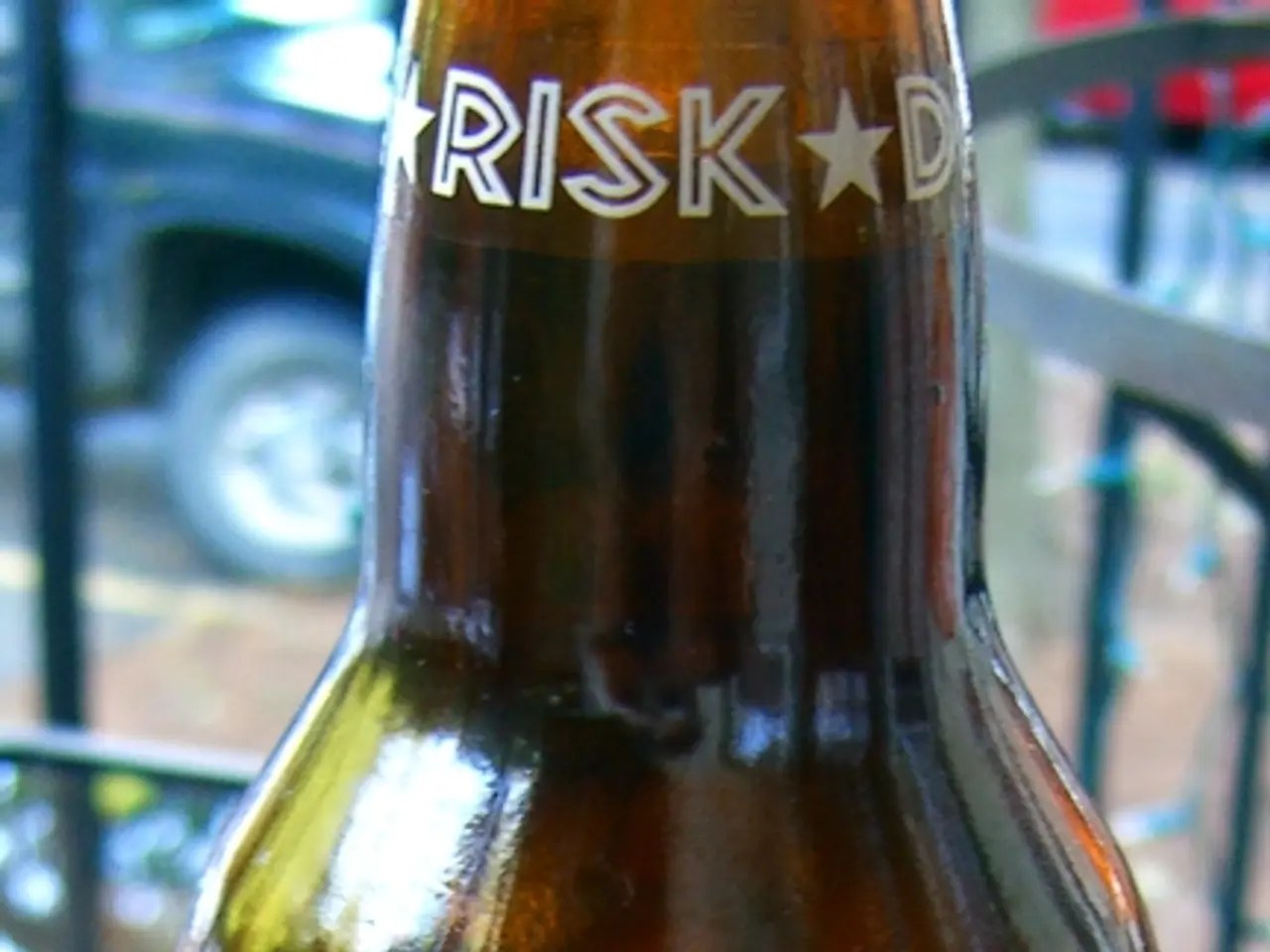The Caribbean region is permeated by a foul, egg-like odor: AnExplanation of the stinky sulfur smell in the Caribbean.
Unravelingthe offensive scent of the Caribbean coastlines
A vacation paradise transformed into a stinky mess - that's what the Caribbean seascape has become for many beachgoers due to the foul odor of rotten eggs emanating from the shore. But Cancun, Puerto Rico, and even Guyana aren't the only places affected by this putrid problem.
The source of this pollution is a colossal algal bloom wreaking havoc across the Caribbean region. This long-standing nuisance has reached an alarming scale, with an estimated 38 million tons of Sargassum seaweed amassing on beaches, shattering previous records since monitoring started in 2011[1].
According to a report from the Laboratory for Optical Oceanography at the University of South Florida, this colossal accumulation of Sargassum seaweed sets a new benchmark in ocean anomalies[1]. Experts predict that the height of the Sargassum algae bloom will peak in June or July, prolonging the crisis.
"It just seems to be getting bigger and bigger each year," explains Brian Barnes, an assistant research professor at the University of South Florida and contributor to the report[1].
Noxious gases trigger health concerns
These piles of stinking seaweed not only disgorge tourists but can also inflict severe harm. During decomposition, noxious gases like hydrogen sulfide and ammonia are emitted, posing risks to both skin and respiratory health. "The smell is truly awful," Barnes remarks[1].
In extreme cases, like the Caribbean island of Martinique, the release of toxic gases even led to the temporary shuttering of a school[1].
Tackling the invasion: Heavy machinery proves mighy
Shovels, tractors, and even specialized ships are deployed to remove the algal mats. However, Frank Comito, a special advisor to the Caribbean Hotel and Tourism Association, assures us, "[It] doesn't impact every inch of the Caribbean." For example, in Punta Cana, the Dominican Republic, barriers have been installed to prevent algal mats from reaching the coast[1].
Revealing the suspects: Unmasking the culprits of the algal bloom
While the reasons behind this widespread algal invasion are not entirely apparent, experts contend that "That's the million-dollar question"[1]. Suspected culprits include warming waters, agricultural runoff, changes in currents, wind, and rain, among others[1]. Climate change, in particular, has contributed to the growth and intensity of Sargassum, exacerbating the blooms in tropical Atlantic waters[1][2].
Research indicates that changes in ocean circulation and wind patterns, namely the North Atlantic Oscillation (NAO), may have also played a part in moving Sargassum from its traditional habitat in the Sargasso Sea into warmer waters[2]. These factors combined have led to the current massive Sargassum blooms that have been causing havoc across the Caribbean[1][2].
The increasing scale of the Sargassum algal bloom, contributing to a massive accumulation of seaweed in the Caribbean, can be linked to environmental-science factors such as climate-change and changes in ocean circulation. Furthermore, the decomposition of Sargassum releases noxious gases like hydrogen sulfide and ammonia, posing health-and-wellness risks to both skin and respiratory health.





